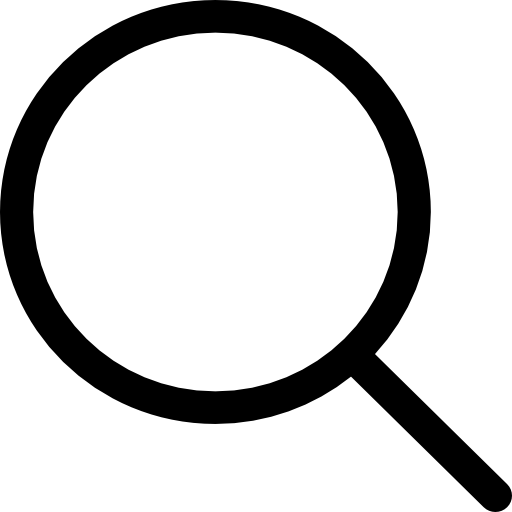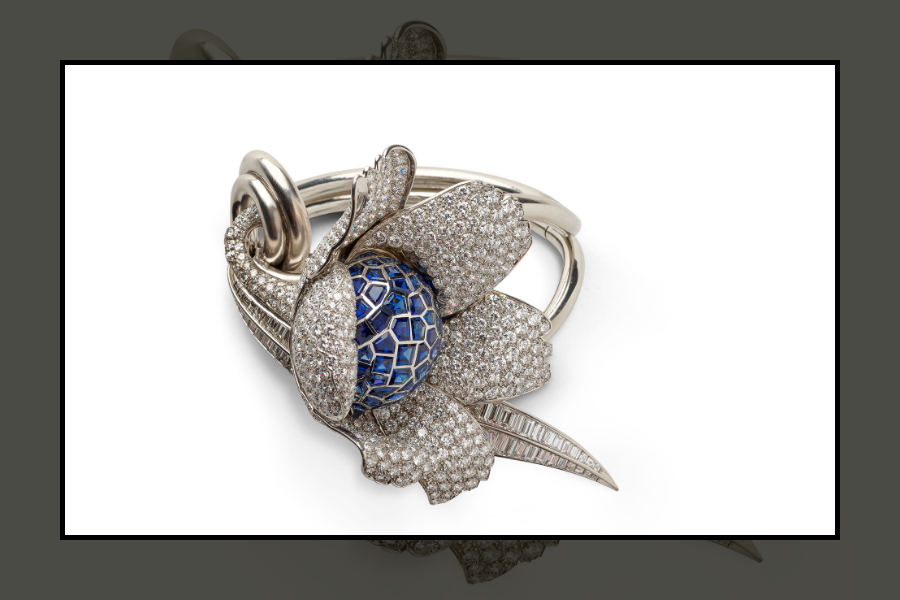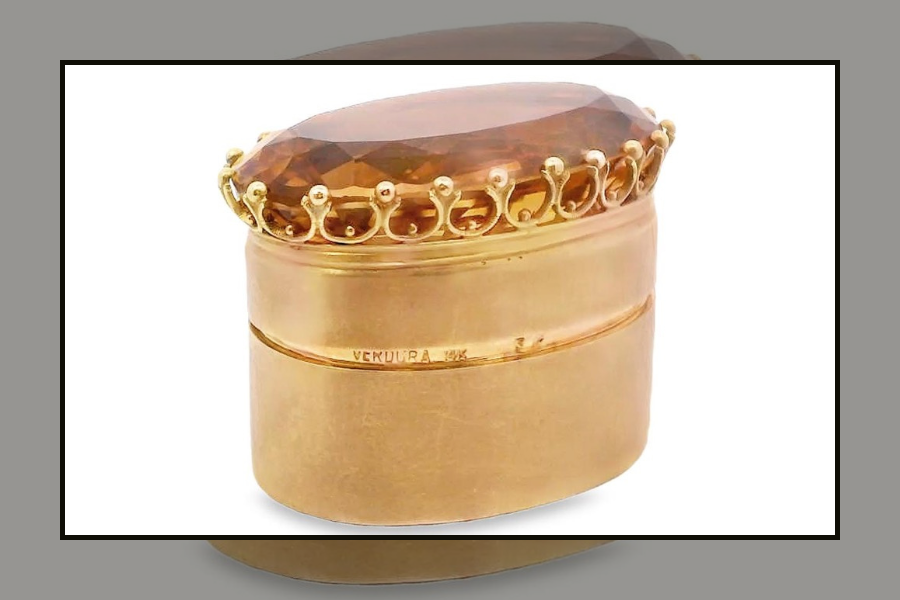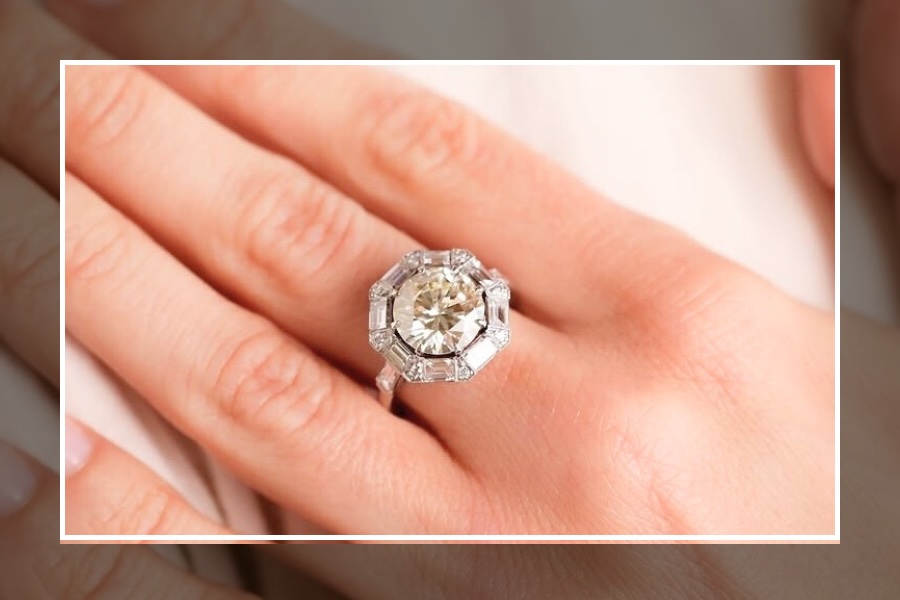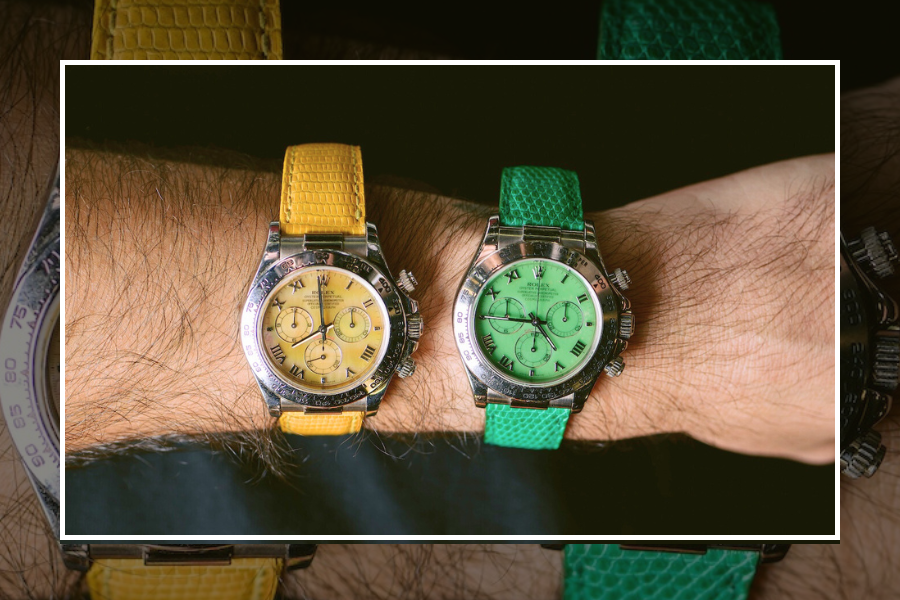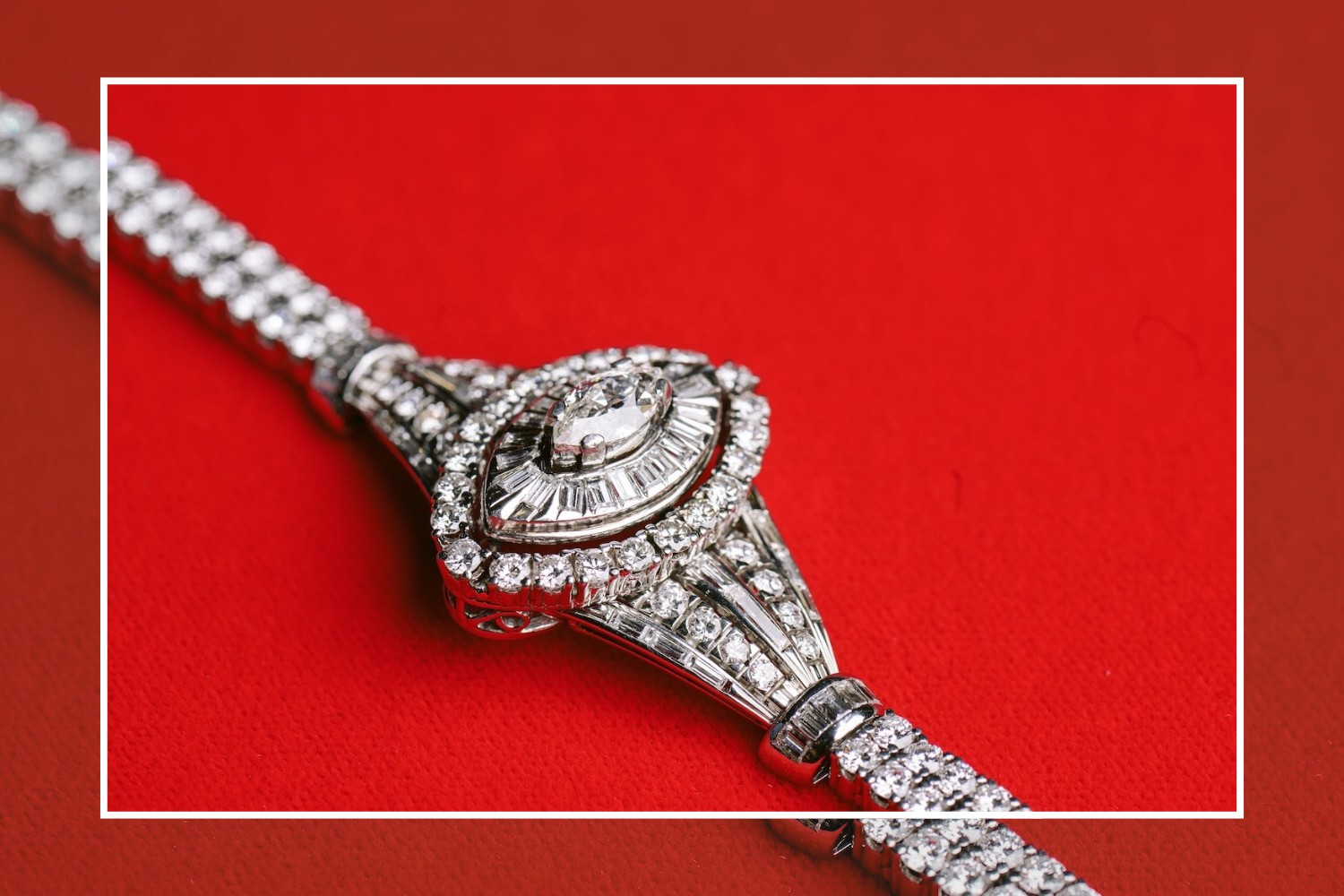Beth Bernstein has an extensive knowledge and passion for fine jewelry. Beth started her career as a fashion photo stylist and style writer for women’s magazines. She launched a jewelry collection in the 90s, and after selling to 250 retail outlets and missing a career in writing, she transitioned into consultancy for jewelry brands and began writing about jewelry for various magazines, which she still does. She is editorial director and founder of Bejeweledmag.com, she is a jewelry historian, antique jewelry expert, collector of period and modern jewelry and has published four books to date. With over 25 years experience in the industry, Beth has gained a full spectrum of knowledge of the history of jewelry and she’s generously shared this knowledge with guided tours for attendees of U.S. Antique Shows’ events.
IDENTIFY THE ERA OR ERAS YOU ARE ATTRACTED TO
Find out period information by browsing shops and researching the time periods in books, museum exhibits, auction catalogs and online sites to see which eras you are drawn to. Also look at examples of the most popular pieces and prevalent details of each era to become familiar with them.
ASK QUESTIONS
If the dealer/shop owner is honest, trustworthy and passionate about what they do, they will be happy to talk to you about whether a piece is an original or has been “put together or reproduced,” information about the stones and settings, and the provenance and hallmarks of a piece. All of this has to do with the investment you are making; authentic original pieces in excellent condition appreciate with time. All of the aforementioned benchmarks will affect the value of the piece.
HOW CAN I TELL IF IT’S A REPRODUCTION
The more you shop around, the more you will begin to learn. In addition to working with a trustworthy dealer, learn to read hallmarks, learn how pieces from different eras are supposed to feel to the touch, hold and try on as much and you can. Go to auction previews and shop the various antique shows and fairs that are in your area.
CAN THE PIECE TAKE EVERYDAY WEAR?
For example: Georgian rings are silver topped and closed back with foil between the stone and the setting to enhance the color of the earlier diamonds and colored gemstones. They are beautiful, but beware you cannot wash your hands while wearing them or you will ruin the foil and the color will fade and show the earlier stone cuts’ imperfections. Anything that is over 200 years old should be handled with care and should not be worn on your hands, fingers or necks everyday.
BEFORE YOU SHOP, SET YOUR BUDGET
For new collectors, the Victorian era is a safe place to start thanks to the industrial revolution and the ability to produce a variety of sentimental and symbolic pieces that are quite detailed. They have a language all of their own and they are highly wearable without worry. They command less tony prices than earlier, rare Georgian jewels in excellent condition, Art Deco designs, and /or signed pieces of the early 20th century.
WHERE THE BARGAINS ARE
When hunting for a bargain, it’s all about where you are scouting out your antique and vintage piece. Flea markets, which don’t cost much for set up and booth space are great for starter jewelry enthusiasts to find some unique treasures. Some of the fairs are perfect for this as well. You can bargain — but first-time buyers should shop around and, if possible, bring a seasoned collector they trust the first few times.
RESEARCH AND SEEK OUT RELATIONSHIPS
If you are looking for something specific, research dealers who specialize in at least the time period the piece was made or the country of origin. Building relationships with retailers and dealers should not be underestimated. If you are a repeat customer and they sense loyalty — they will offer the same back.
WEAR, DON’T SAVE YOUR JEWELS
My advice to friends when they ask (or sometimes I give it unsolicited) is to buy jewelry you don’t have to “save” for a special occasion. Invest in ‘wear now” pieces unless you plan on having a shop or a museum showing of your own.
READ AS MUCH AS YOU CAN
There are many great books out there about collecting antique jewelry. I recommend those by Claire Phillips for a glimpse into varied time periods and jewels. I would stay away from price guides as they change with supply and demand.
TOOLS OF THE TRADE
Purchase a 10x jeweler’s loupe and learn how to use it to look at the stones to see if there are chips or cracks as well as looking at the shanks, to check if there are hallmarks –this will help you to ask questions and become your own expert along the way.
MISTAKES ARE PART OF THE LEARNING PROCESS
We all buy a piece that’s not right from time to time, which allows you to know better when the next fair rolls around. In the meantime beware, of memento mori pieces, portrait jewels and Giardinetti rings as they are being reproduced like crazy. Only go to dealers you feel you can trust for these kind of pieces.
Bejeweled Magazine: https://www.bejeweledmag.com
Beth-Bernstein.com
Copyright © 2020 by Beth Bernstein
All rights reserved. No part of this publication may be reproduced, distributed, or transmitted in any form or by any means, including photocopying, recording, or other electronic or mechanical methods, without the prior written permission of the copyright owner.
